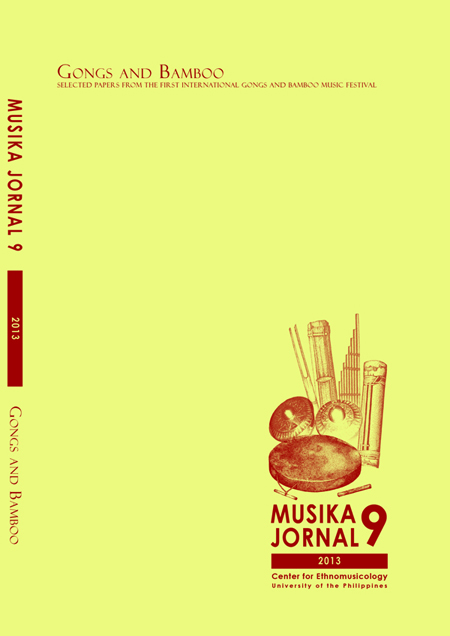The kakula of Central Sulawesi as the Southernmost Point of a Lineage : Current Practices and Cultural Links
Abstract
Cultural links present throughout Southeast Asia have helped in the conceptualization of the region as a unit. Despite this, inter-national (a current boundary that is still present both in practice and analysis) cultural connectivities through performance presentations and different comparative studies have considered mostly dominant forms such as the Indonesian gamelan tradition (especially that of Central Java) and the Thai piphat ensemble, which enjoy a relatively elevated presence in their own nations and abroad. An analysis of the gong-row tradition located in the region of eastern Indonesia and its connection with the southern Philippines functions as a case of a Southeast Asian cultural linkage through non-dominant cultural forms.
Through an examination of the kakula gong-chime tradition in relation to other gong-row traditions, I further posit a quadripartite combination of critical features for the genre: the melodic instrument, the ensemble, the repertoire, and its performance. Following the notion of Indonesian historiographer Kartodirdjo (2001) of a history as supporting and developing symbolic identities, I argue that the gong-row instrument, ensemble, repertoire, and performance (this quadripartite conceptualization) constitute a shared connection for the peoples of this cultural complex. The tradition widely known as kulintang, a floating term in the region, functions as an identity marker for each locale as well as for a larger Malay identity. This paper examines the genre at micro and macro levels, juxtaposing local particularities and a shared common practice.


